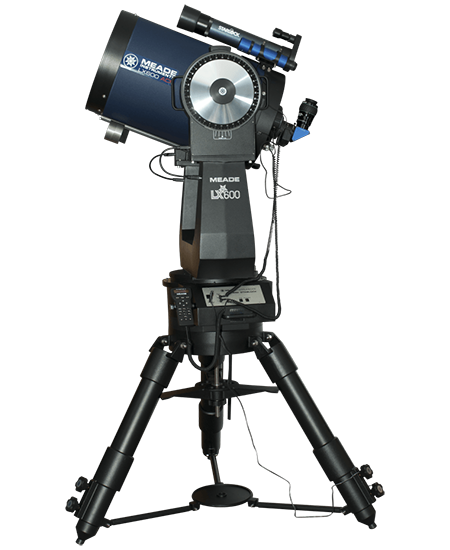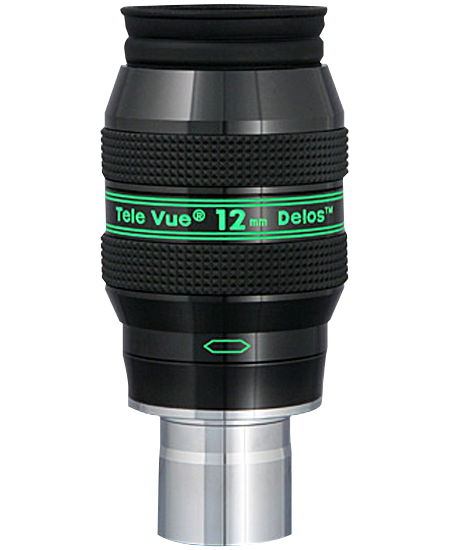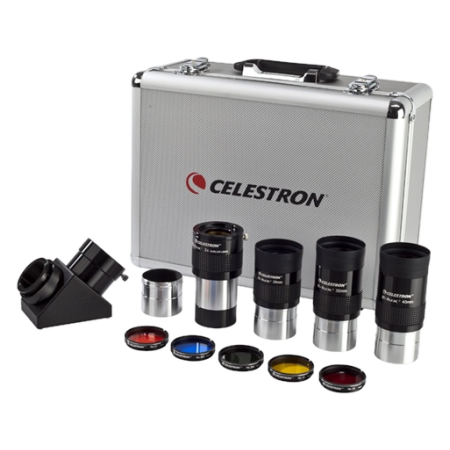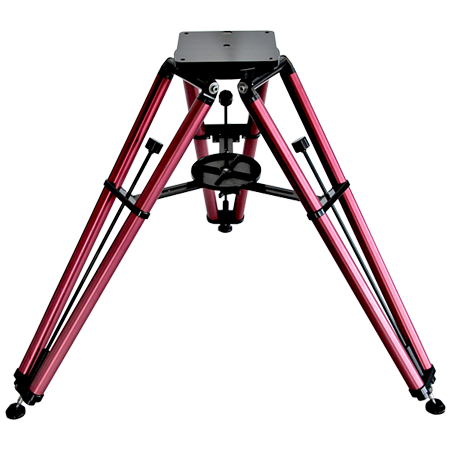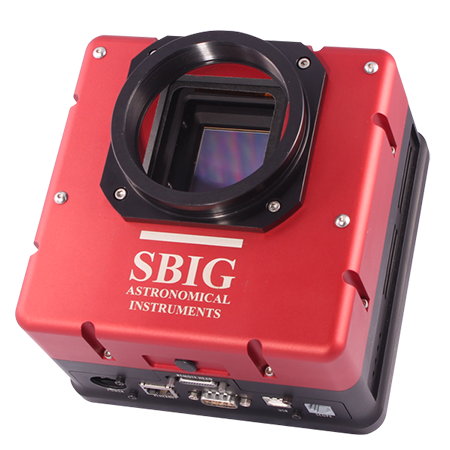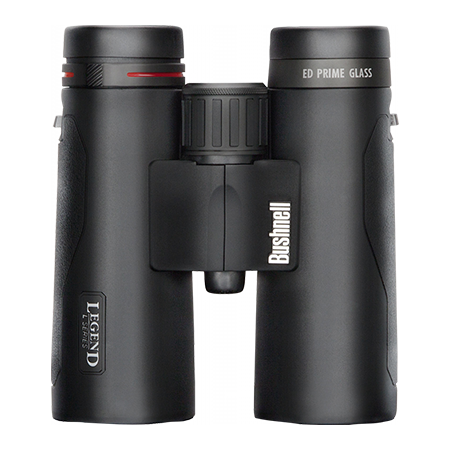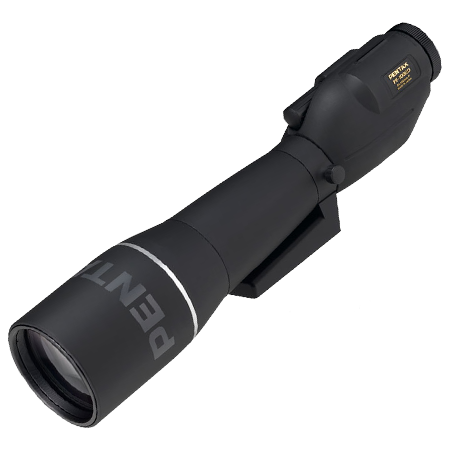Free Shipping over $100
Free shipping on most orders over $100. Let FedEx, UPS, or USPS move them to your home.
Contact Us
We all have questions from time to time. So don't be a stranger. Pick up the phone, or drop us a line, and we will be happy to be of service. 1-800-422-7876 questions@astronomics.com
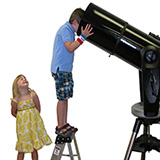
How To Guides
No need to be confused. Our "How To" guides have been used by hundreds of thousands of people over 40 years, including two major telescope manufacturers as a training tool as well as universities for their astronomy classes.
Collections


